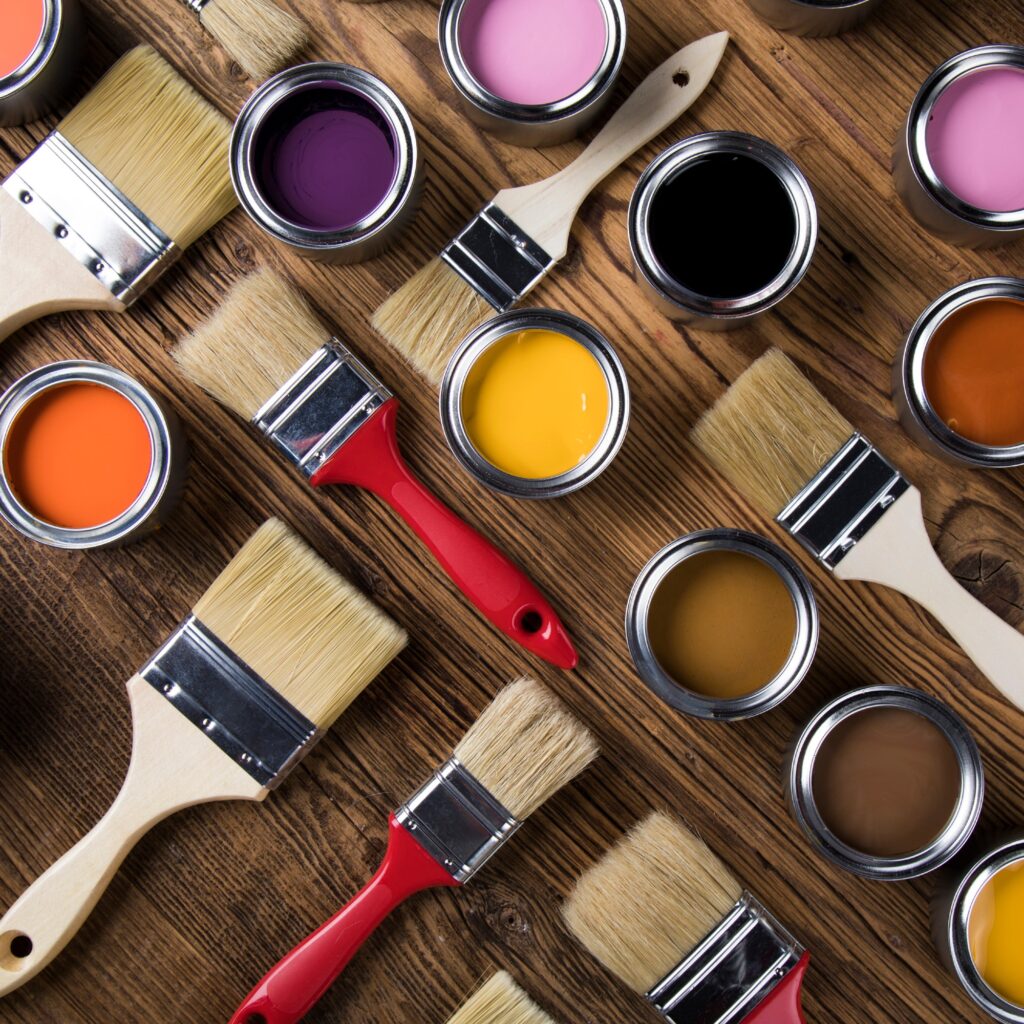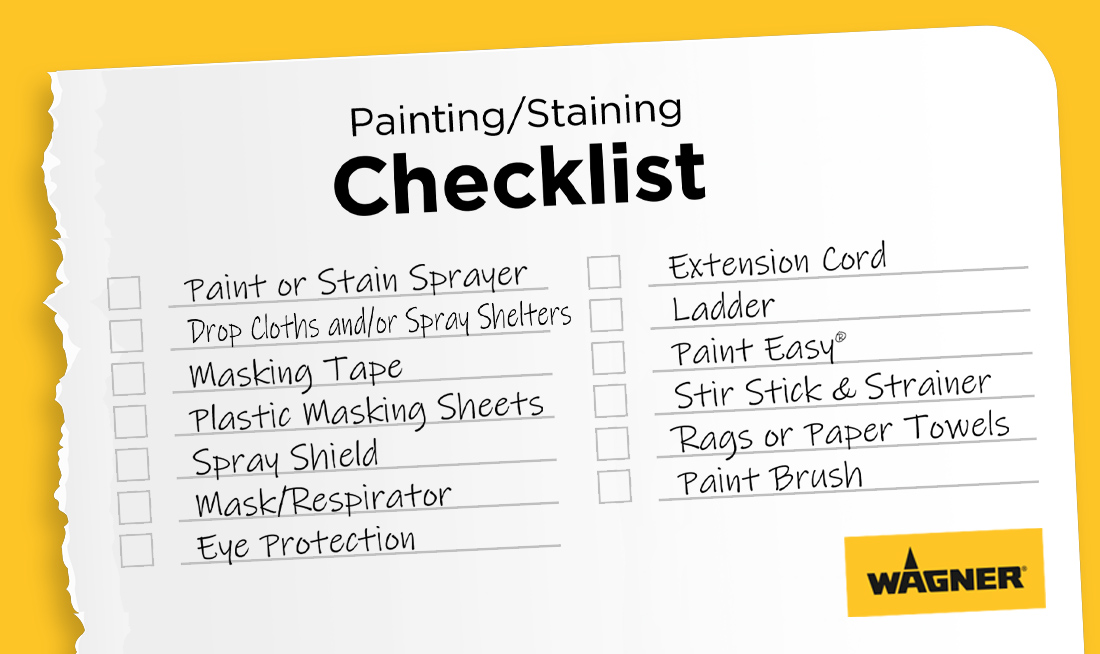Overview
Before starting any painting or staining project you’ll probably ask yourself what tools you’ll need to complete the job. You don’t want to be stuck in the middle of a project and realize you need to run back to the home improvement store because you forgot something! In this guide we’ll explain the common tools you’ll need when painting or staining a variety of projects. Whether you’re painting your home exterior or refinishing furniture, here are the common tools you should have:
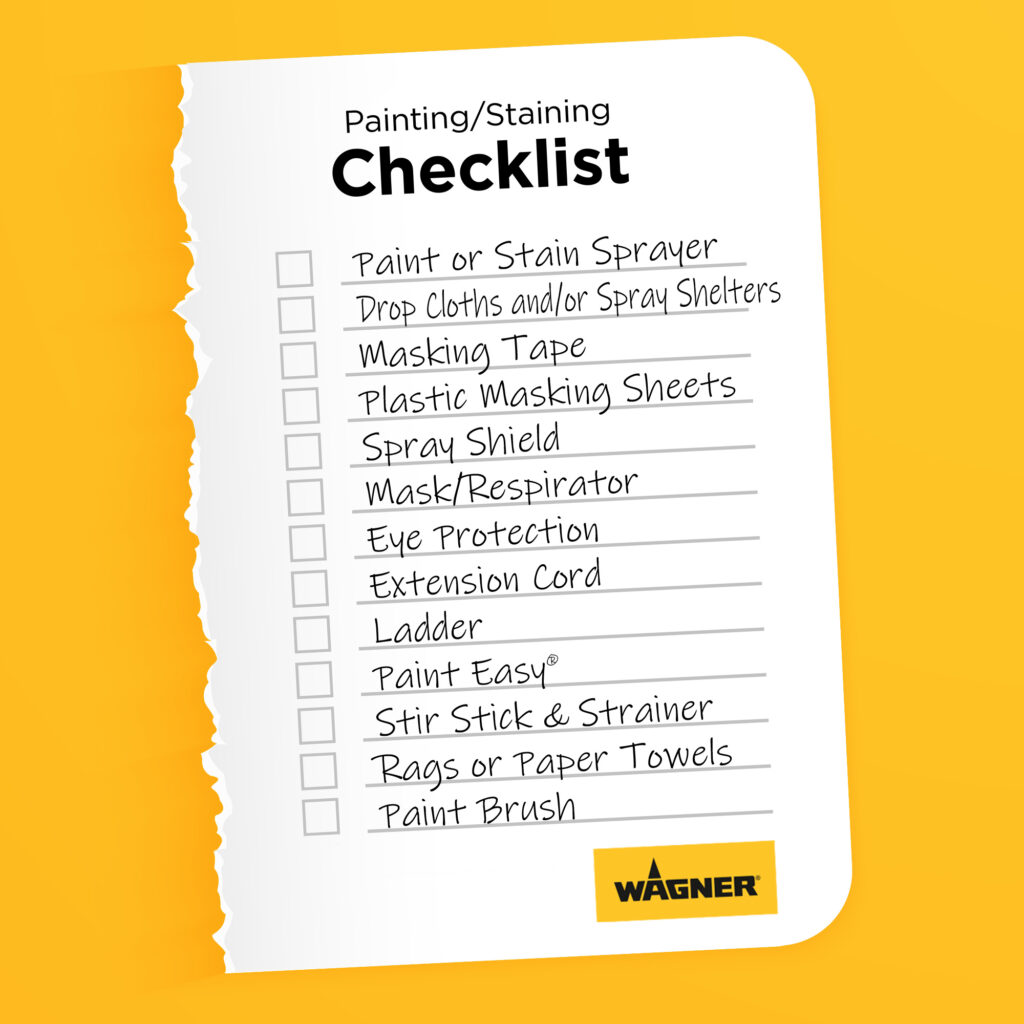
Paint or Stain Sprayer
A sprayer is a great tool to have for any painting or staining project. It’ll get the job done quicker than a brush or roller, plus you’ll receive smooth, professional-looking results that any beginner or professional would be proud of. There are a variety of sprayer options with different material compatibilities and features for small, medium or large projects so it’s important to choose the correct sprayer for your project needs.
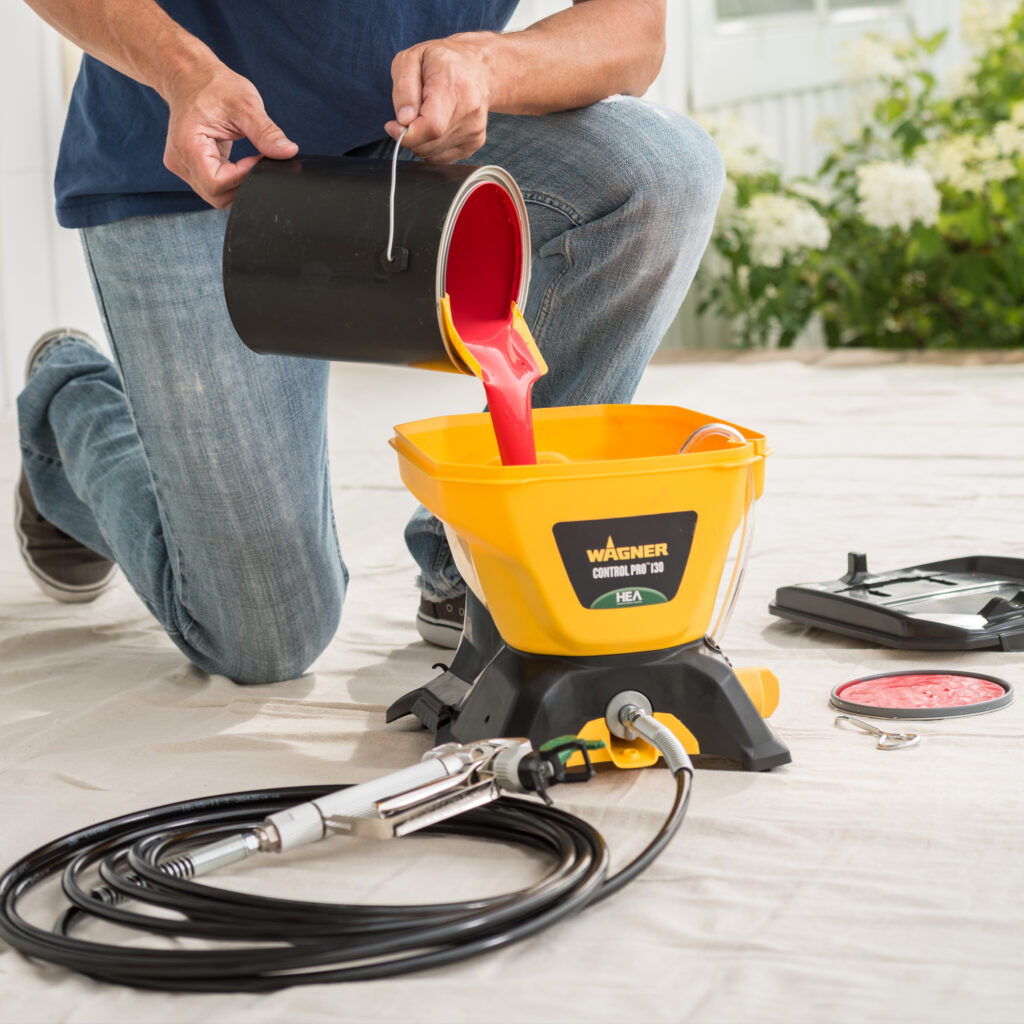
D
Drop Cloths and Spray Shelters
Protect your surrounding workspace by laying down drop clothes or using a spray shelter. Drop cloths can be laid down over anything you don’t want paint on such as your grass, furniture, or flooring. A spray shelter is a portable, tent-shaped tool that you can use when painting or staining items such as crafts, cabinets, furniture and more. It’ll protect your surrounding area from overspray drift and protect your project from bugs or leaves when painting or staining outside.
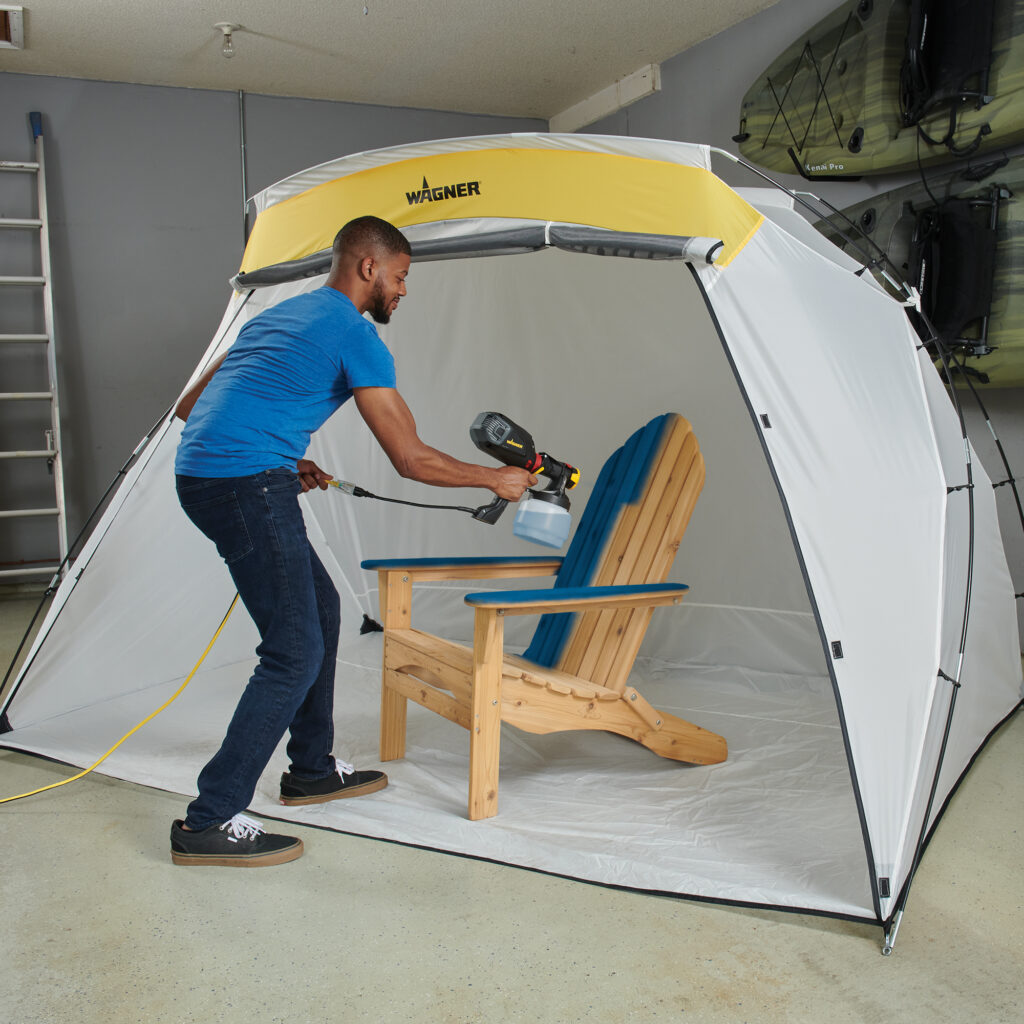
Masking Tape
Use masking tape to protect areas you don’t want painted or stained, plus provide a crisp, straight line between two areas. For example, you can use masking tape when taping off the area between a ceiling and wall or when taping off dresser drawers.
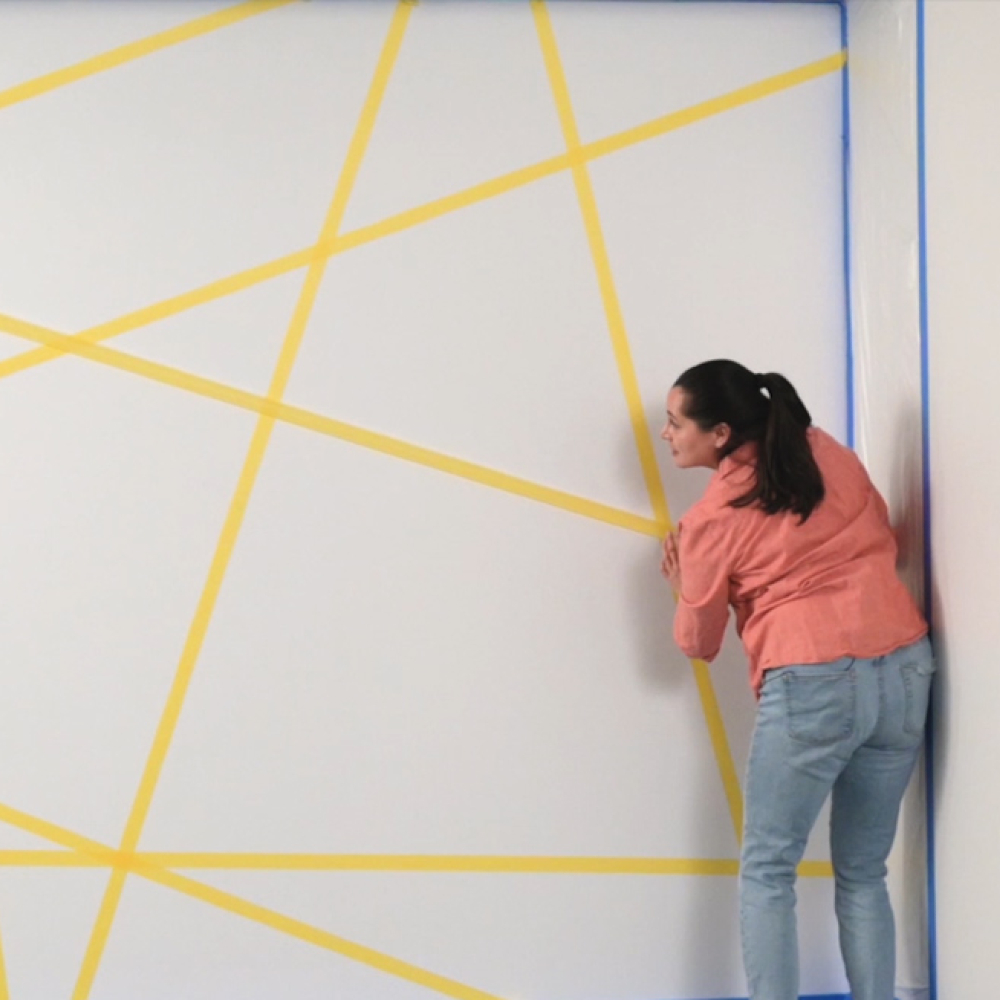
Plastic Masking Sheets
Use plastic masking sheets when covering and protecting large areas. For example, you might use plastic masking sheets to cover windows when painting a home exterior or the interior of cabinet boxes. Some plastic masking comes with tape already attached for ease and speed when covering areas.
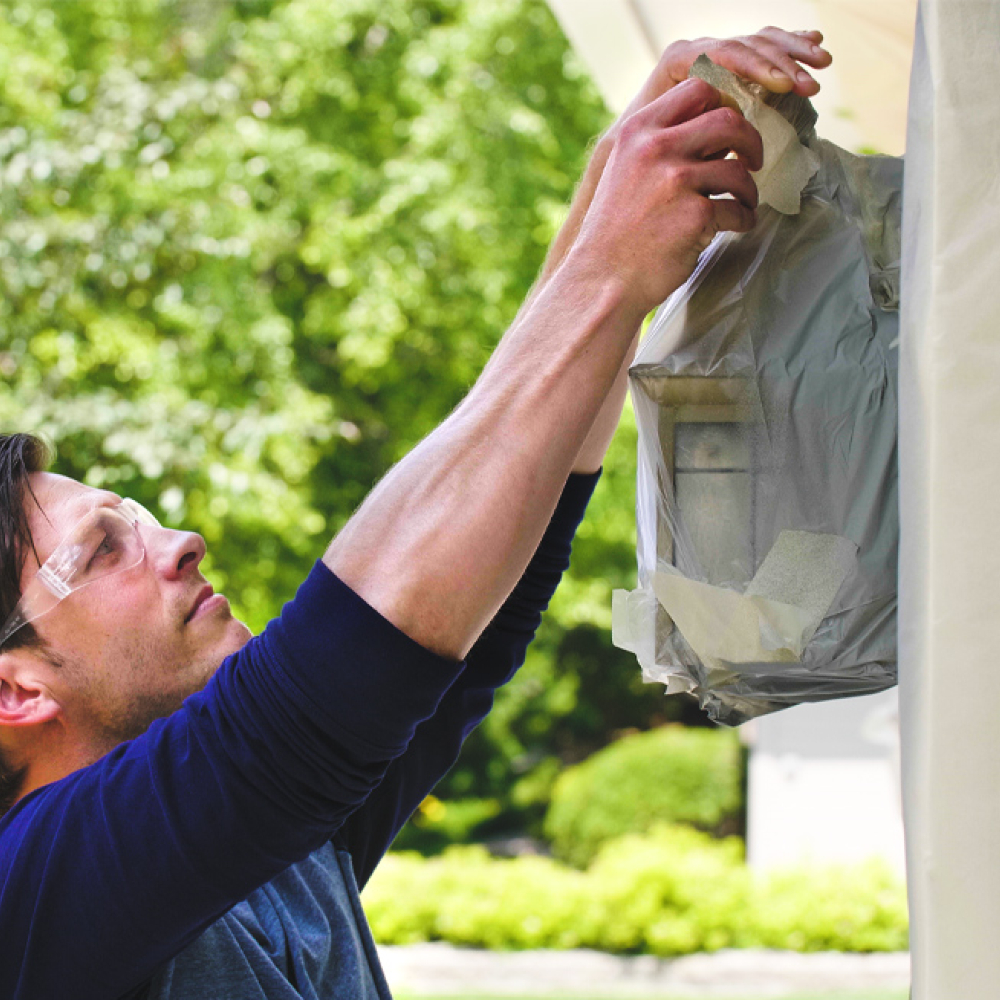
Spray Shield
Instead of masking, you can use a spray shield to provide crisp, clean lines when spraying. This is an effective alternative, but you need to be attentive to the spray shield to make sure paint doesn’t spray underneath the shield.
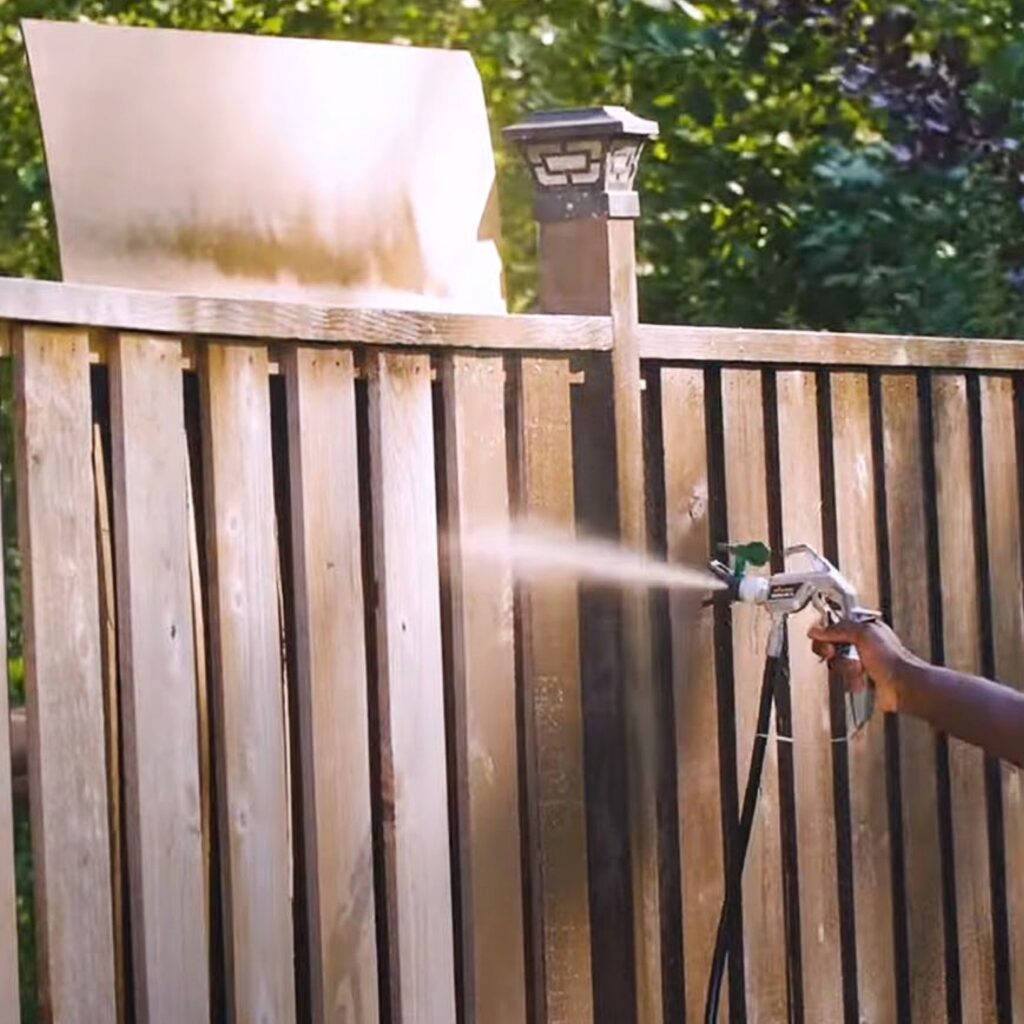
Mask/Respirator and Eye Protection
Safety is always important when tackling any painting or staining project. Remember to wear a painting mask or respirator whenever you’re using a sprayer or using toxic materials that could be harmful to breathe in. Eye protection is also important to make sure any foreign substances don’t get in your eyes. Always refer to the safety information of the material you’re using.
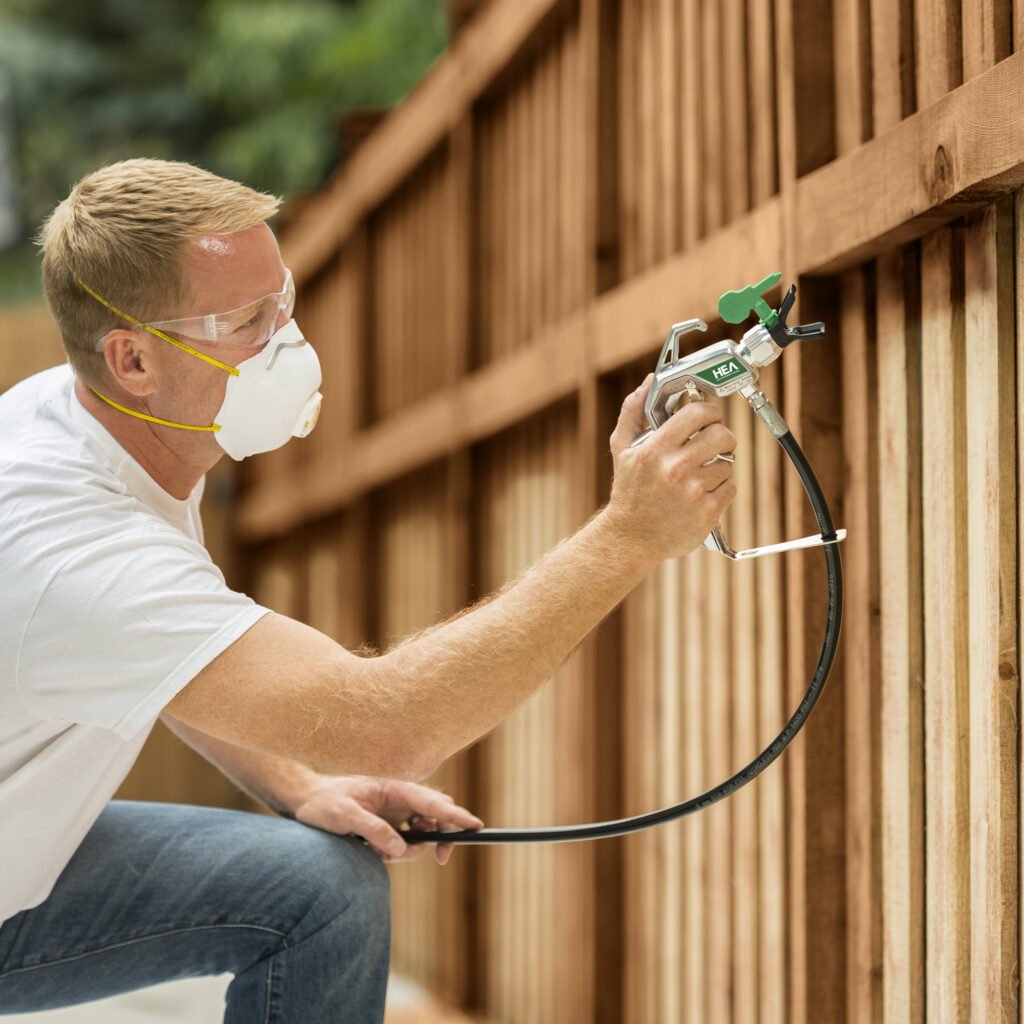
Extension Cord
Have an extension cord on hand to plug in your paint sprayer and other power tools that you might need for your project.
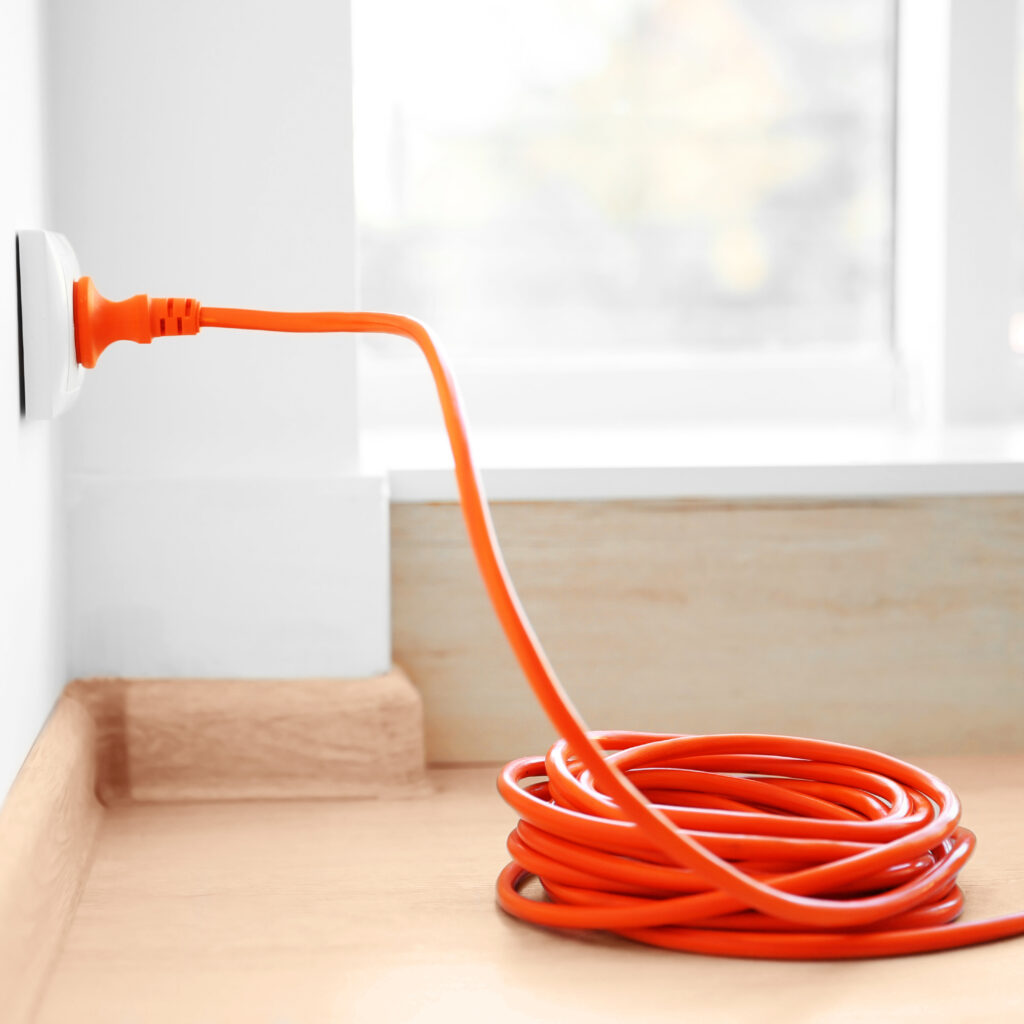
Ladder
If you’re painting or staining a tall area such as a home exterior, underneath a deck, or a tall entryway then you might need a ladder for additional reach. Please refer to manufacture’s guidelines for safety and proper use.
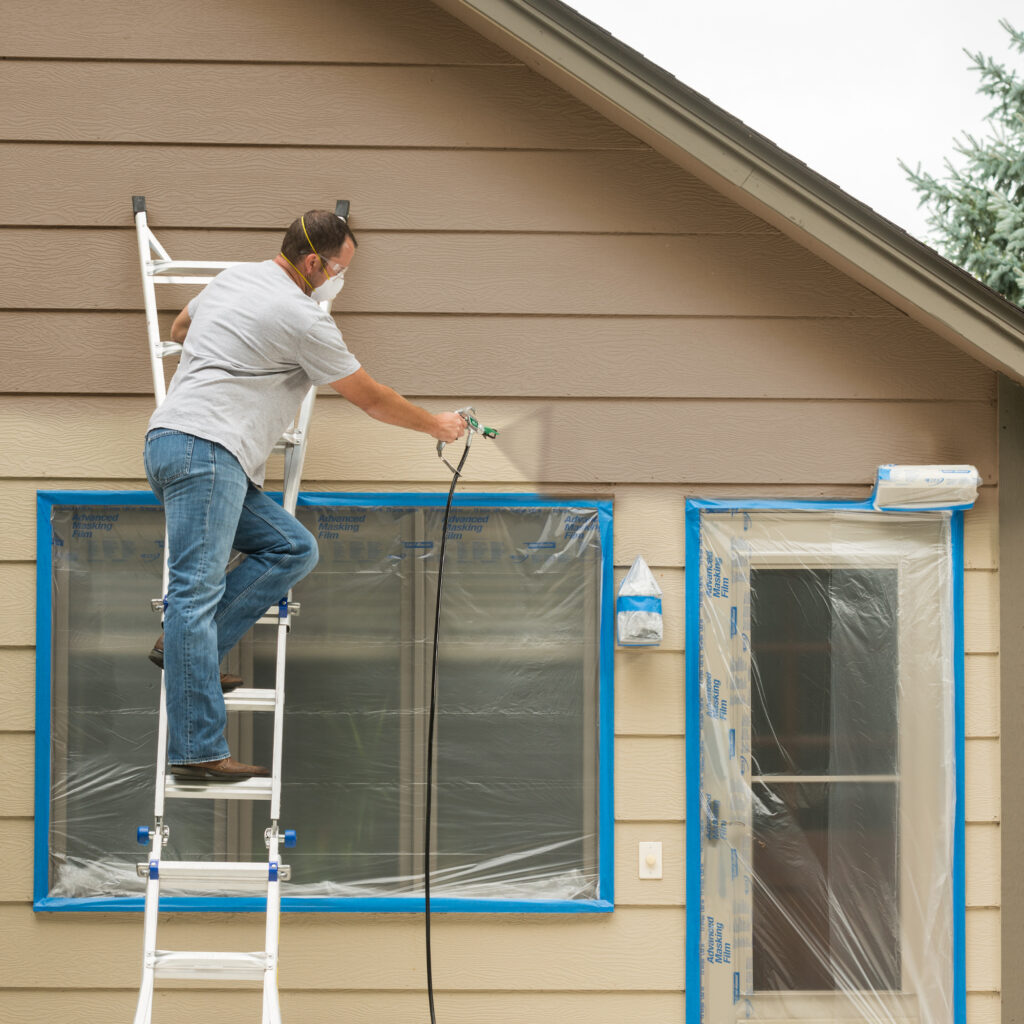
Paint Easy
Wagner Paint Easy is a latex paint conditioner that thins water based latex paints without diluting for trouble-free spraying, easier brushing or rolling. This also helps to improve the finish by making it more professional-looking, even and smooth.
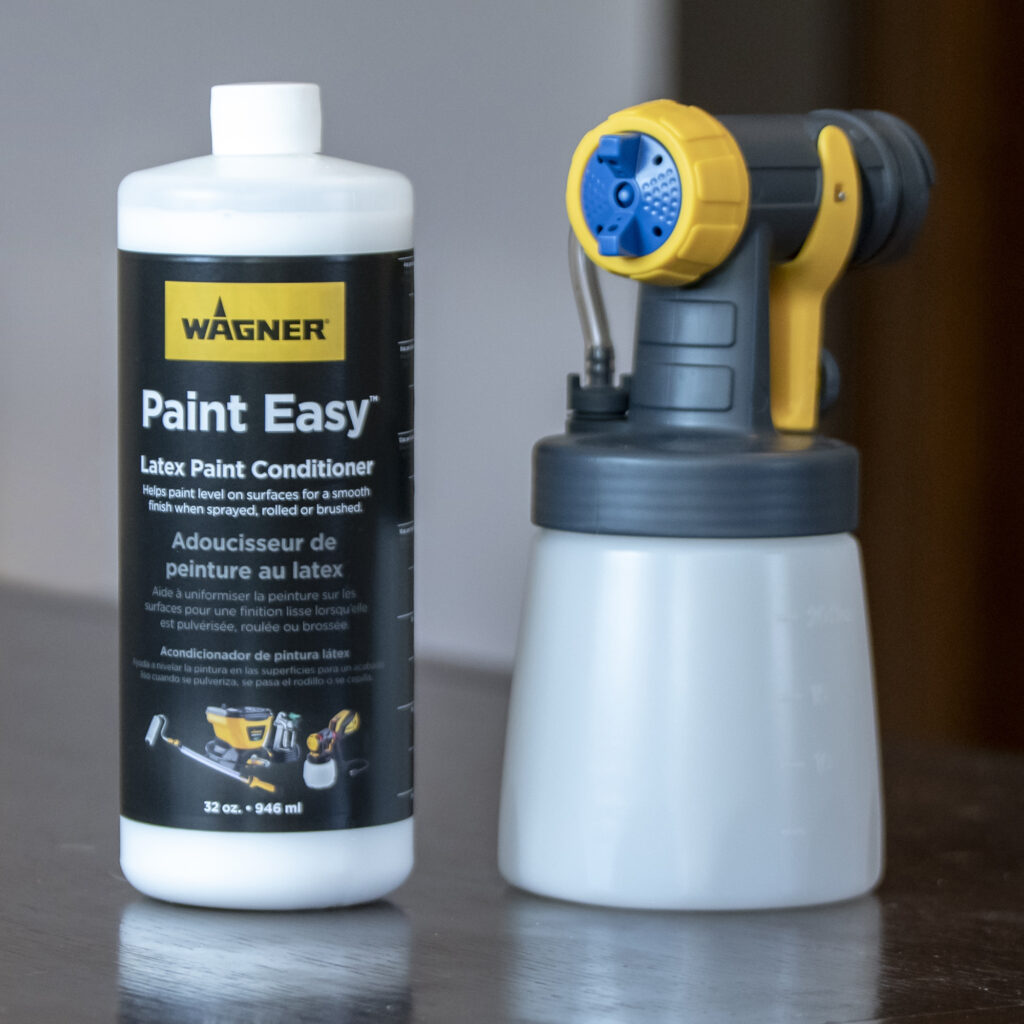
Stir Stick
Use a stir stick to stir your paint or stain before use. This will mix the pigments and ingredients back together if they separated so the material is consistent.
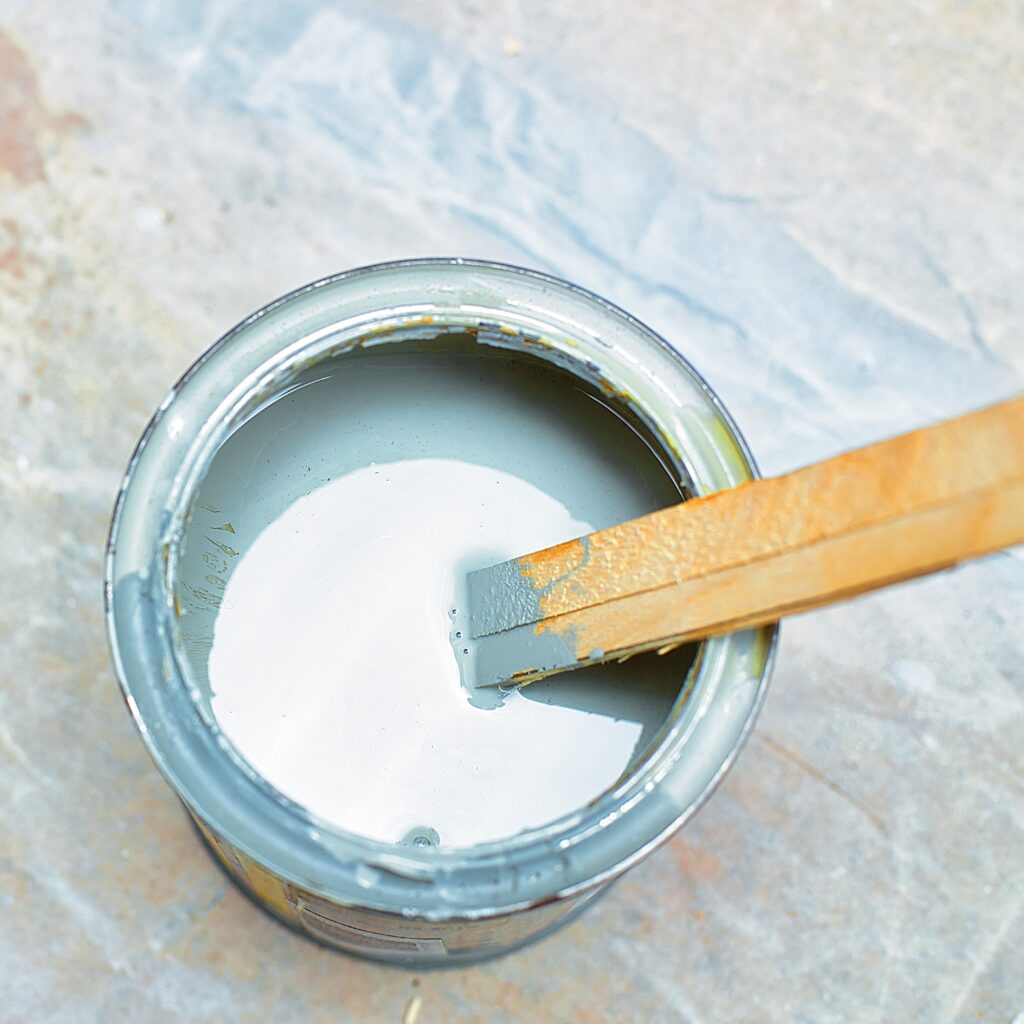
Strainer
If you have old paint or stain, strain the material before use to remove any clumps, debris or other items that might clog your sprayer and leave an uneven finish.
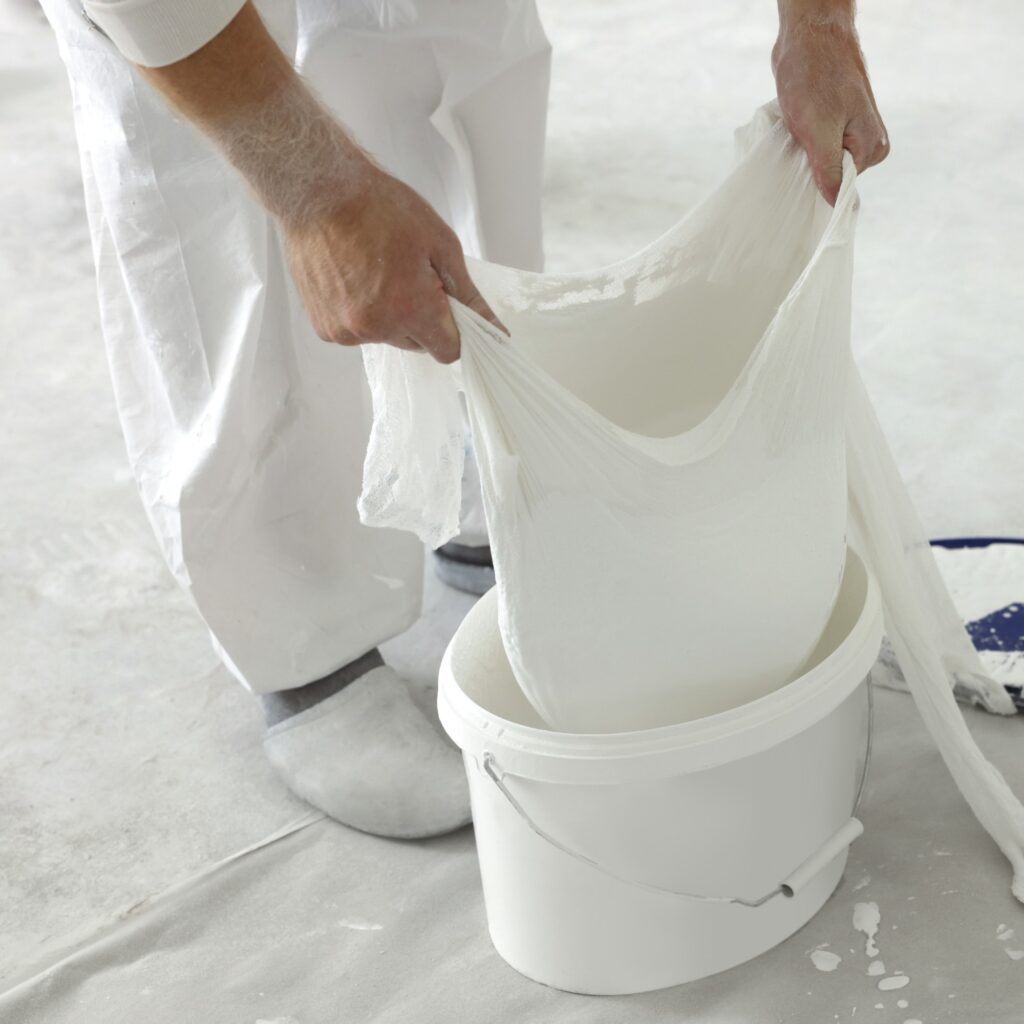
Rags or Paper Towels
Messes are bound to happen with any DIY project! Keep rags or paper towels nearby to clean up any spills and wipe your paint sprayer tip clean.
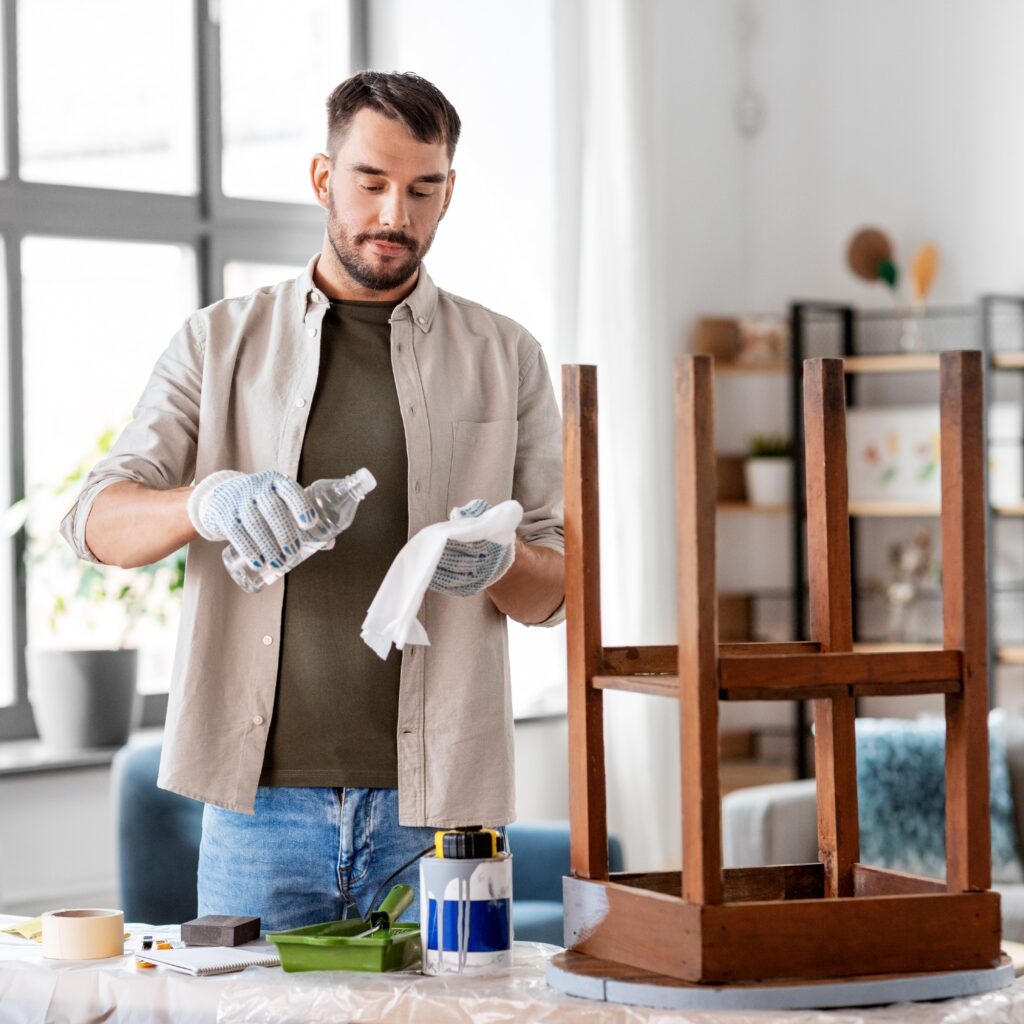
Paint Brush
A paint sprayer can complete most of your paint and stain projects, but it’s a good idea to have a paint brush in case you need to catch any drips, back brush on wooden surfaces or cut in around edges.
